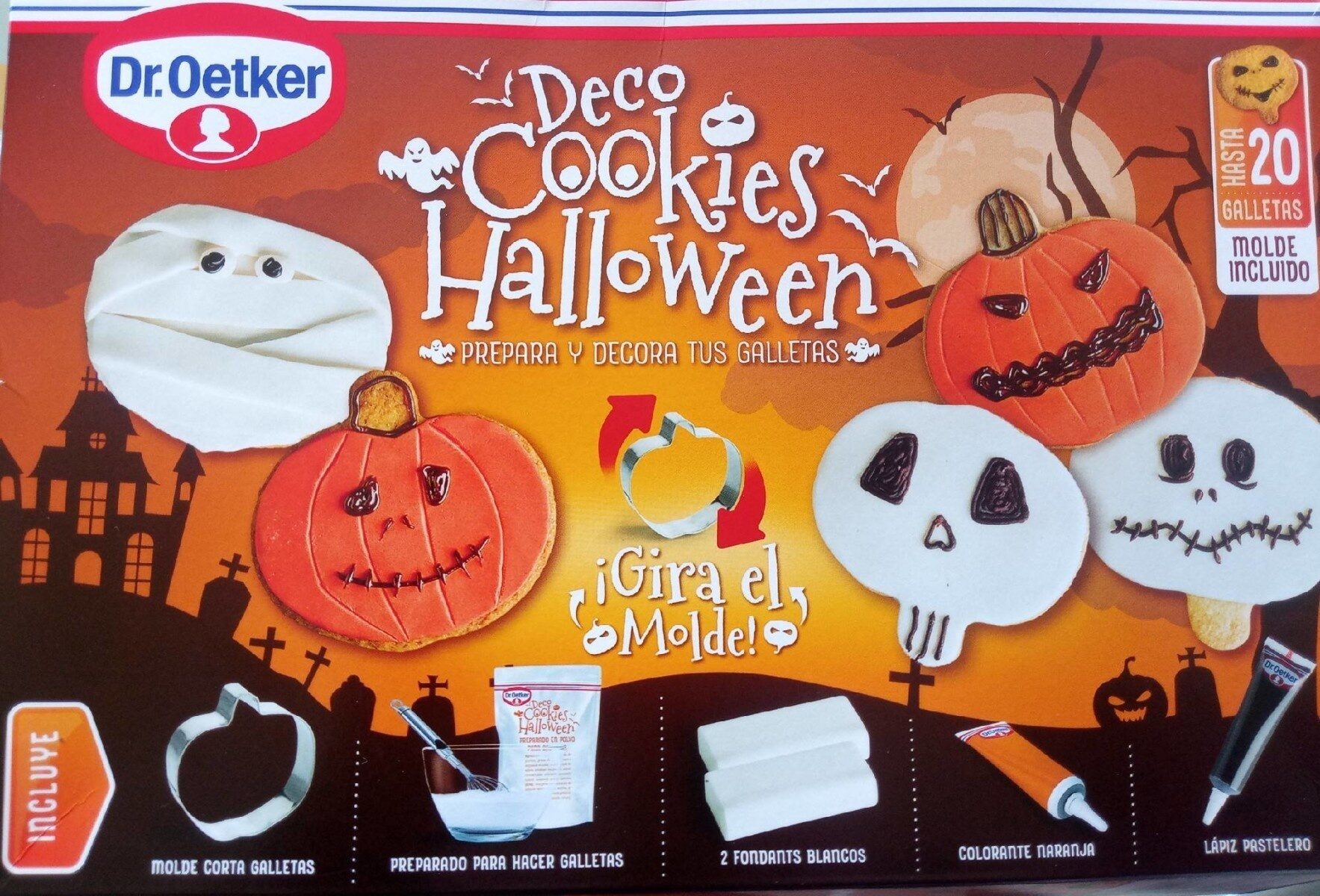Galletas Halloween - Dr.Oetker - 250 g
Aquesta pàgina del producte no està completa. Podeu ajudar a completar-la editant-la i afegint-hi més dades a partir de les fotos ja disponibles, o fent-ne més amb l'aplicació de androide o iPhone / iPad. Gràcies!
×
Codi de barres: 4047008013997 (EAN / EAN-13)
Quantitat: 250 g
Marques: Dr.Oetker
Categories: Snacks, Aperitius dolços, Llaminadures, Aliments festius, en:Halloween foods and drinks
Països on es va vendre: Espanya
Matching with your preferences
Salut
Ingredients
Processament d'aliments
Additius
Anàlisi dels ingredients
L'anàlisi es basa únicament en els ingredients enumerats i no té en compte els mètodes de processament.
Nutrició
Entorn
Empaquetament
Transport
Espècies amenaçades
Report a problem
Fonts de dades
Producte afegit per veganeamos
Última modificació de la pàgina del producte per annelotte.
La pàgina del producte, també editada per acuario, kiliweb, openfoodfacts-contributors, roboto-app, teolemon, thaialagata, yuka.ZWFZSkN2d29xdDhQeGNVaXdrclQzNHBhNnNhaVJrRzhHOEE2SUE9PQ.
Si les dades són incorrectes o incompletes, pot completar o corregir editant aquesta pàgina.




